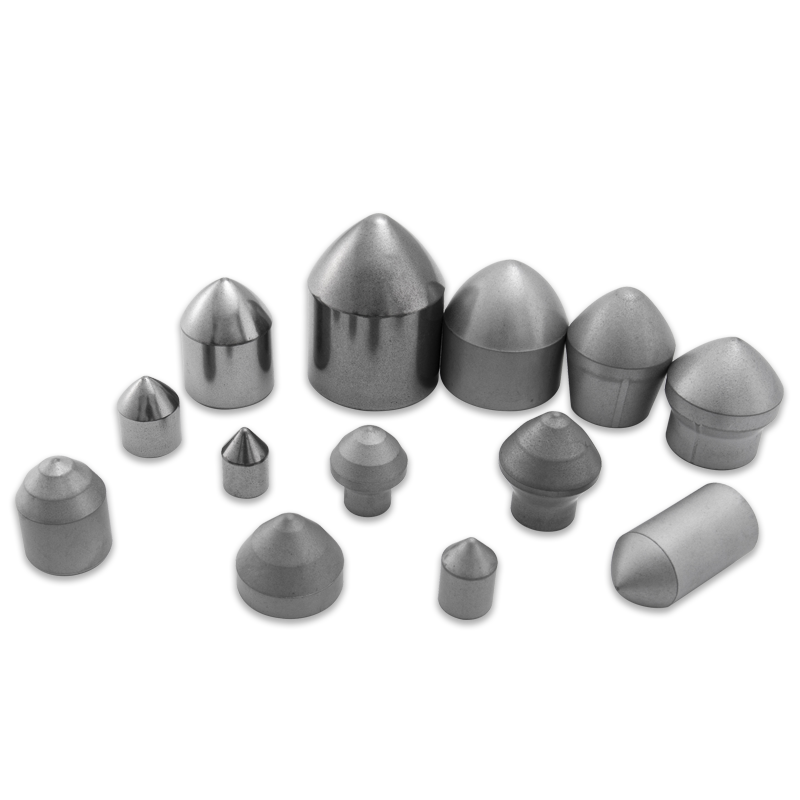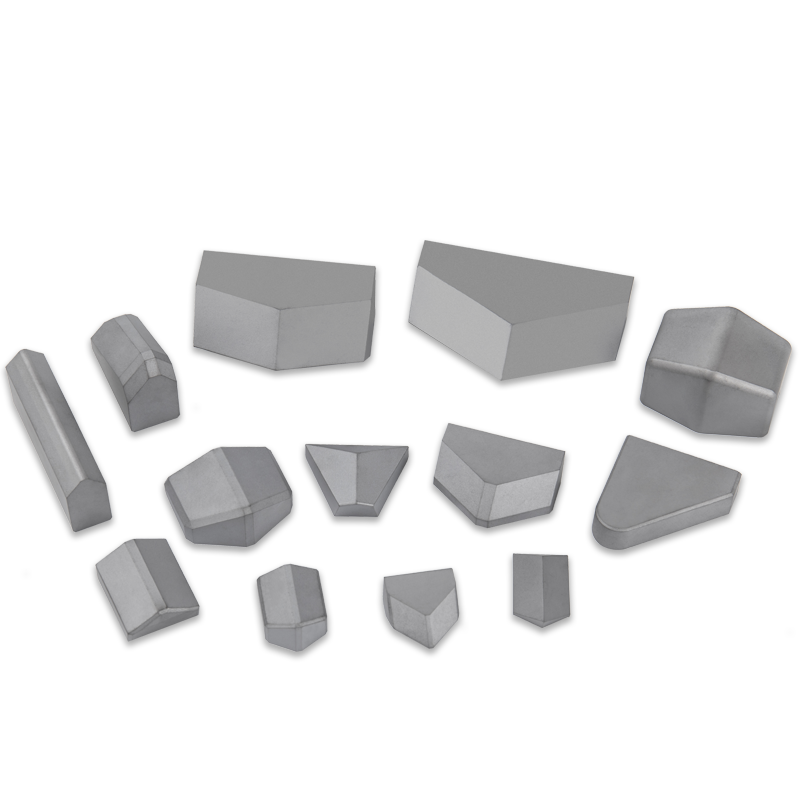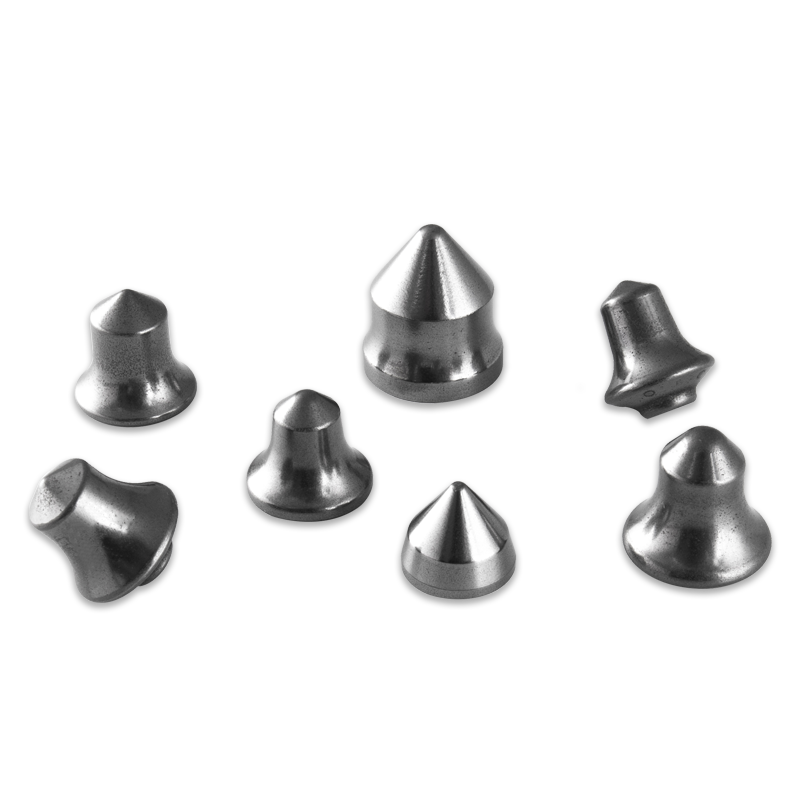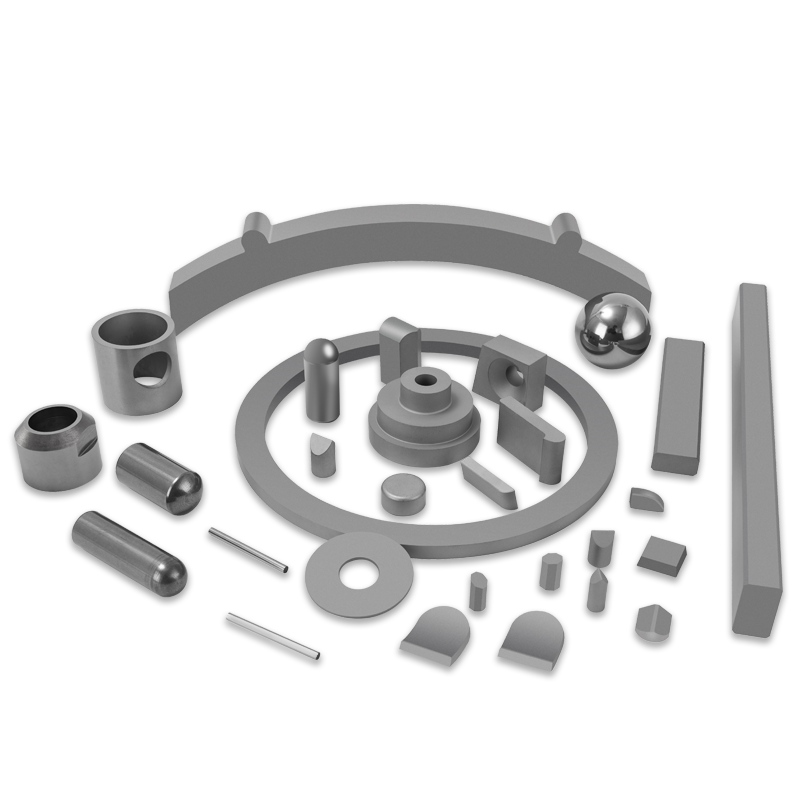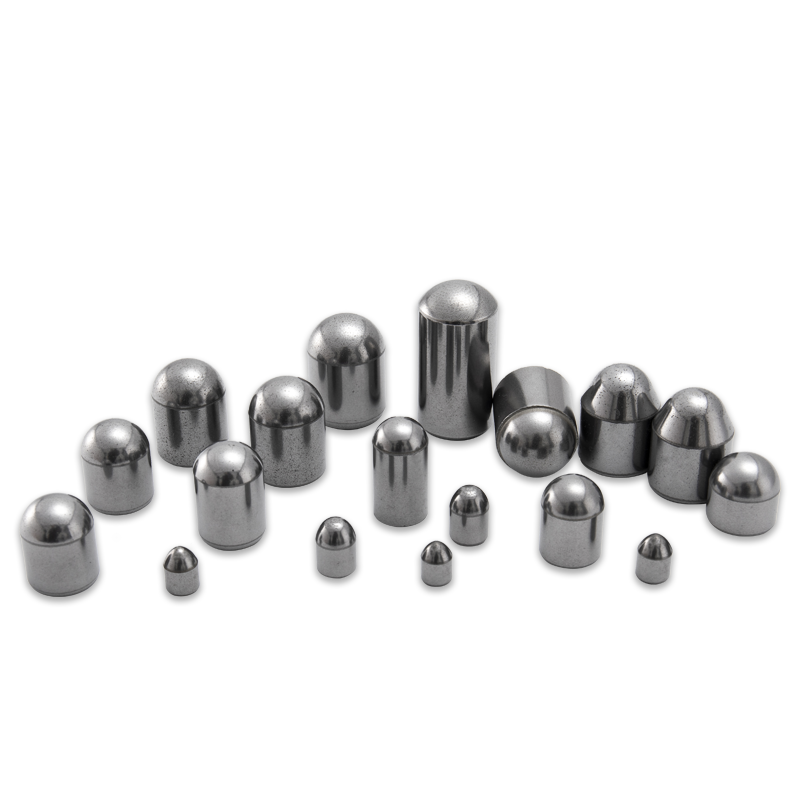The Edge of Durability: Understanding the Tungsten Carbide Cutting Blade
Industry News-The quest for harder, more resilient materials has driven innovation across countless industries, and nowhere is this more evident than in the tools used for shaping, cutting, and fabrication. At the forefront of this technology is the Tungsten Carbide Cutting Blade, a tool renowned for its exceptional hardness, wear resistance, and ability to maintain a sharp edge under extreme conditions.
This article explores the composition, benefits, and applications of this indispensable industrial workhorse.
Composition and Core Properties
The superior performance of a Tungsten Carbide Cutting Blade stems from its unique material composition. Tungsten carbide () is a compound formed from the chemical reaction between tungsten and carbon. However, the finished tool isn't purely ; it's a cermet (ceramic-metal composite) created through a process called sintering.
The Sintered Structure
-
Tungsten Carbide Grains (): These are the extremely hard ceramic particles that provide the bulk of the blade's wear resistance and rigidity. Tungsten carbide itself ranks around 9 on the Mohs scale of hardness, second only to diamond.
-
Binder Metal: Typically cobalt (), though nickel () or iron () may also be used. The binder metal acts as a cement, holding the grains together. During sintering, the binder melts and fuses the particles into a dense, solid matrix. The amount of binder (usually 6% to 15% by weight) directly influences the blade's toughness (resistance to chipping) and hardness.
This composite structure provides a perfect balance: the hardness of the ceramic and the toughness imparted by the metal binder, resulting in a tool that can cut through materials that would quickly dull or shatter traditional steel blades.
Why Choose Tungsten Carbide?
The advantages of using a Tungsten Carbide Cutting Blade over high-speed steel (HSS) or carbon steel tools are substantial, translating directly into improved productivity and lower operational costs.

1. Superior Hardness and Wear Resistance
The most significant benefit is its ability to retain a sharp edge for dramatically longer periods. This is crucial when working with abrasive or hard materials like hardwood, dense plastics, composites, or ferrous metals. Reduced edge wear means less frequent blade changes and regrinding, maximizing machine uptime.
2. High Thermal Stability (Red Hardness)
Cutting generates significant heat, which can soften conventional steel tools, leading to rapid dulling. Tungsten carbide maintains its hardness at temperatures up to . This property, known as red hardness, allows machines to operate at higher cutting speeds and feed rates, dramatically increasing manufacturing output.
3. Increased Precision and Finish
A consistently sharp and rigid blade minimizes deflection and vibration. This rigidity allows the Tungsten Carbide Cutting Blade to execute precise cuts, resulting in a smoother, cleaner surface finish that often reduces or eliminates the need for secondary finishing operations.
Diverse Applications
The versatility of the Tungsten Carbide Cutting Blade has made it an indispensable component across numerous industrial sectors:


 English
English русский
русский